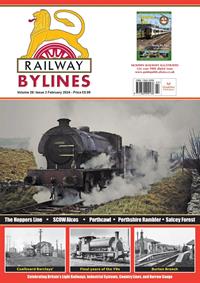|
|
Contents Listing - Articles & Features in this issue
Awaiting Entry
Article Snippets
Awaiting Entry
Adverts and Links based on this content
Advertisement



